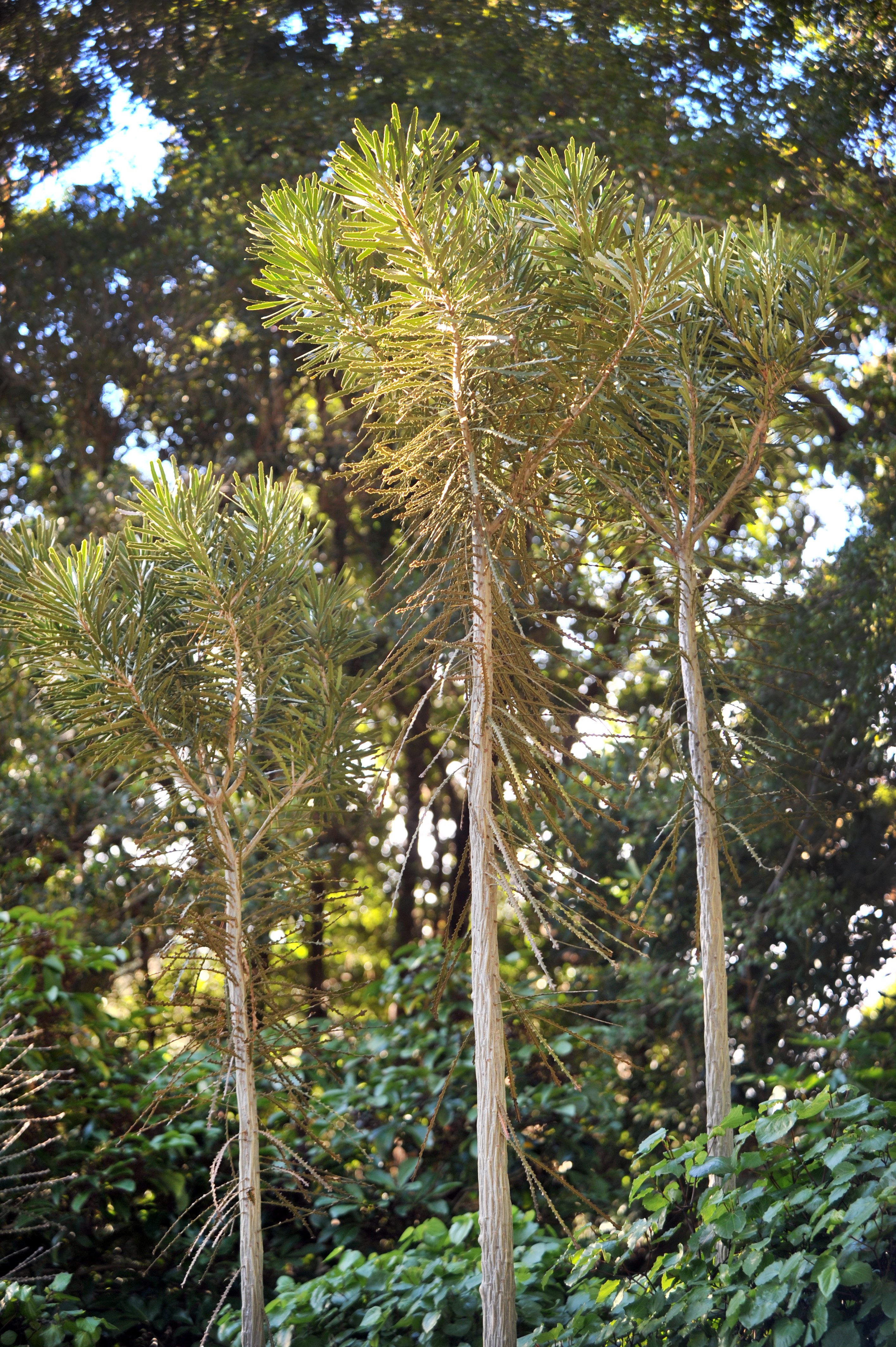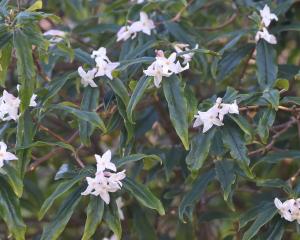
Commonly called toothed lancewood, which is in reference to its juvenile leaves having distinctive coarsely toothed margins. Pseudopanax ferox and similarly P. crassifolius both undergo dramatic leaf changes as they mature from young plants to adult trees. This change occurs through a process called heteroblasty, whereby the longer, rigid, downward-facing juvenile foliage is gradually replaced by shorter, smoother adult foliage.

So radical is the change in appearance that some early botanists thought adult and juvenile plants were distinct species. The drastic change in appearance occurs over many years, allowing gardeners to witness the slow wonderful morph. One theory for the change in the plant’s form and foliage from juvenile to adult was to limit the effects of browsing by moa. Pseudopanax ferox is uncommon in the wild, with patchy distribution throughout New Zealand.
These plants are very popular with the home gardener and landscapers for many reasons. They are slow growing, needing little maintenance, they are hardy to frost, dry or windy sites and they are tolerant of most soils, but not very wet ones. If planted on their own, or in groups they will make a real statement in the garden.
For contrast, try under-planting them with low, slow-growing colourful shrubs such as Pseudowintera colorata cultivars or coprosma ground covers e.g., Coprosma ‘Wharariki Beach' with its dark-green foliage.
Pseudopanax ferox is found throughout the Dunedin Botanic Garden, with nice groups planted in front of the propagation unit.
• Garden Life is produced by Dunedin Botanic Garden. For further information contact Neale McLanachan












